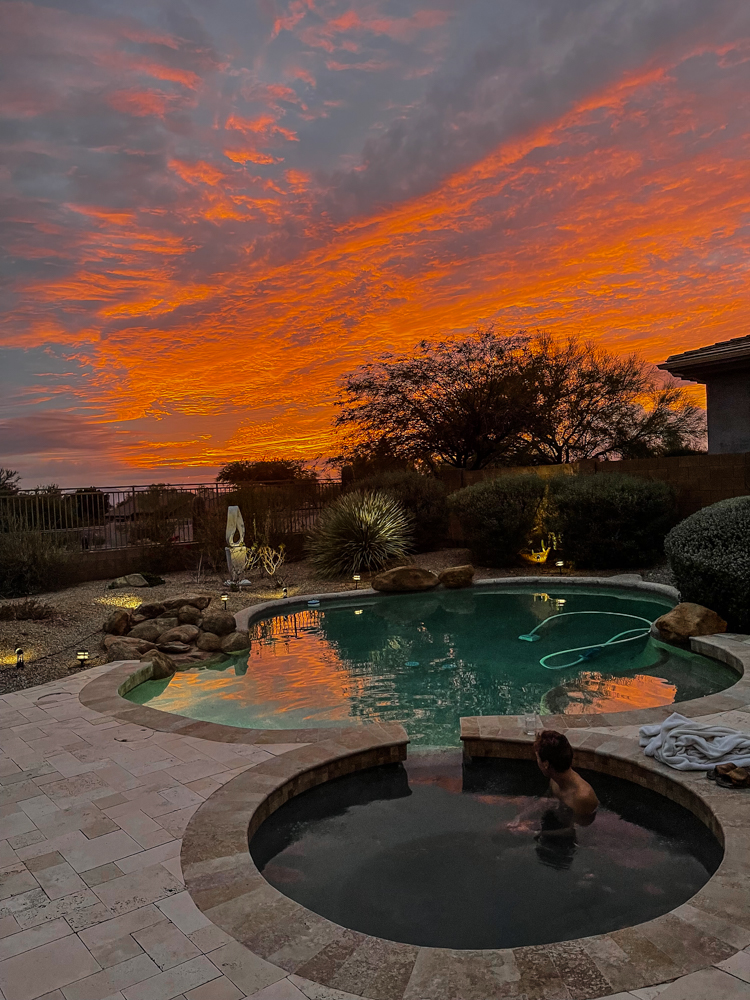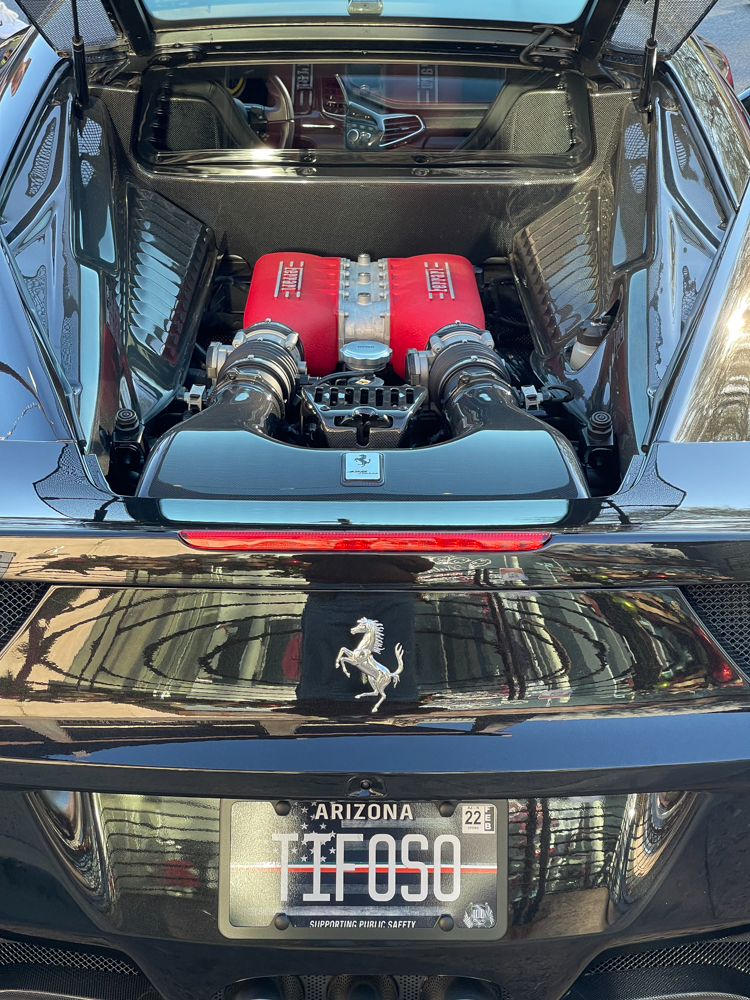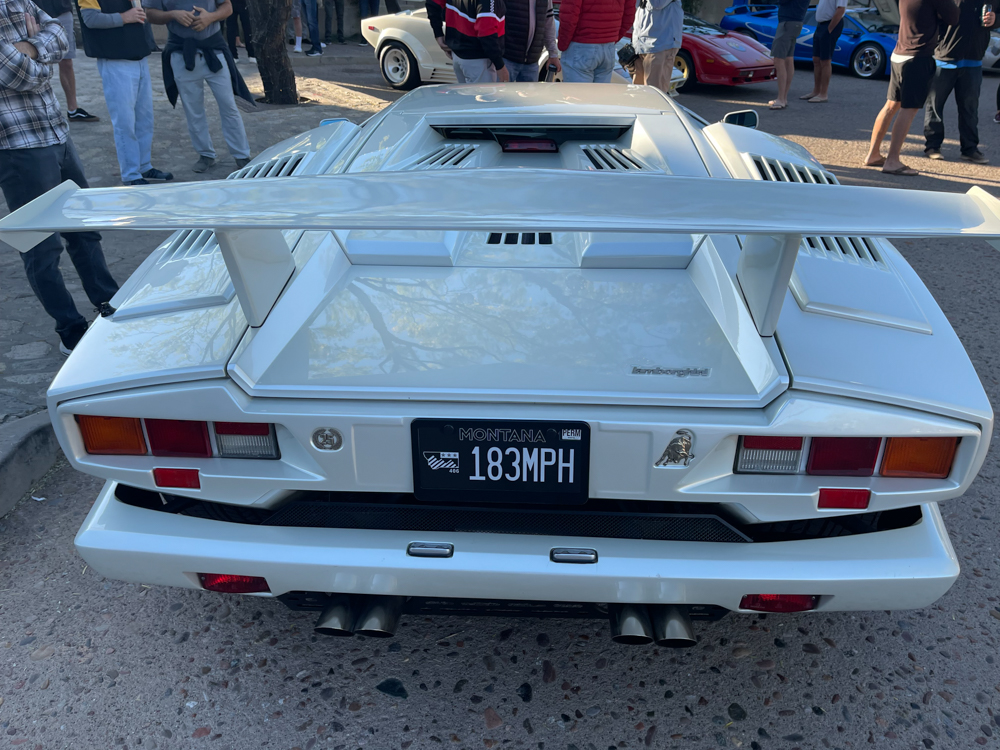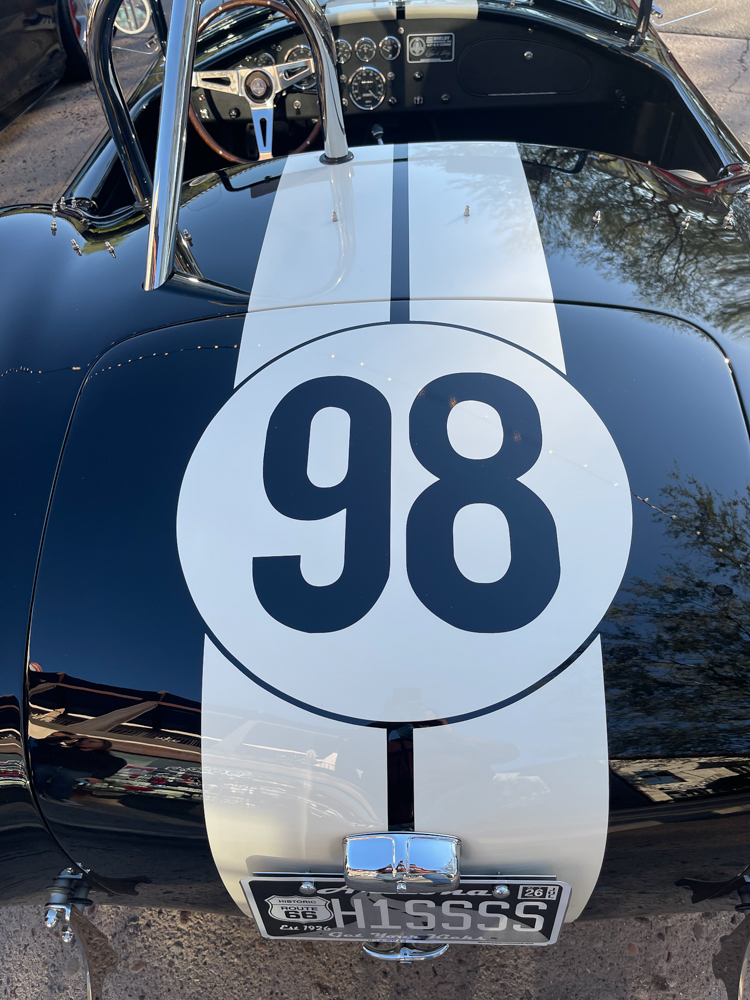LA modern architecture

Viewed from the outdoor patio of The Perch restaurant, at dusk.
iPhone 12 Pro Max, processed in Snapseed.
LA modern architecture

Viewed from the outdoor patio of The Perch restaurant, at dusk.
iPhone 12 Pro Max, processed in Snapseed.
Pop Art twit.
Had the cast of Monty Python ventured into public sculpture they would first have to have invented Claes Oldenburg, the Swedish Pop Art icon who just passed away, aged 93.
Oldenburg’s thing was large scale reproductions of everyday things – toothbrushes, shuttlecocks and so on – placed in public spaces, and his work is never less than supremely silly.
But with that silliness there is a certain ineffable joy that things so insanely inane should grace public thoroughfares. One’s first reaction of shock turns, as often as not, to a smile at how this supreme fake ‘artist’ fooled the powers that be and got rich in the process.
Here’s my take on ‘Cupid’s Span’ of 2002, found along San Francisco’s Embarcadero:

At the Courtauld Gallery, London.
My fondest memory of attending University College, London is not of the College. Rather, it is of the Courtauld Art Gallery, across the road from the School of Engineering, where I spent many happy hours. In the Gallery, that is, not in the lecture hall.
The Courtuald happens to house the finest ‘street’ painting of the Impressionist period there is, and I wrote of it here.
The Guardian alerted me that there is a special show of many of Van Gogh’s self portraits at the Courtauld through early May and I immediately contacted my sister in West Sussex begging for a copy of the related catalog, which arrived today.

Not since Rembrandt – also a Dutchman – has an artist lived his life so loudly on canvas. And while there have been many fine renditions of his life on the big screen, the one to see stars Kirk Douglas, who bears an uncanny resemblance to the tortured artist, in ‘Lust for Life’.
If you can make it to the Courtauld, do so. As a minimum, get the catalog.
Christmas the Arizona way.

iPhone 12 Pro Max snap.
Spotted at an exotic car show.


